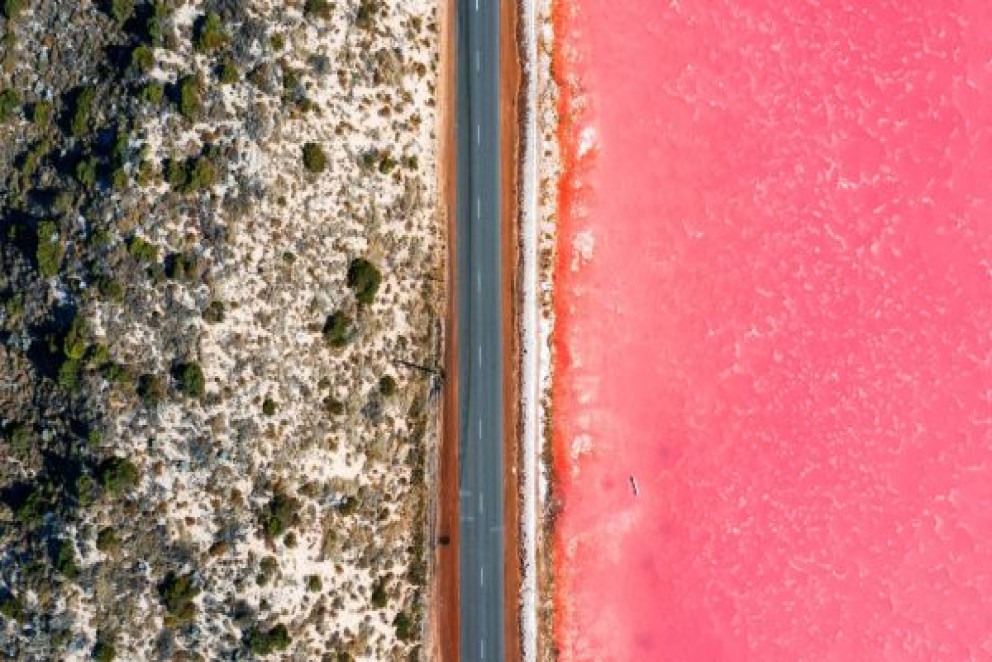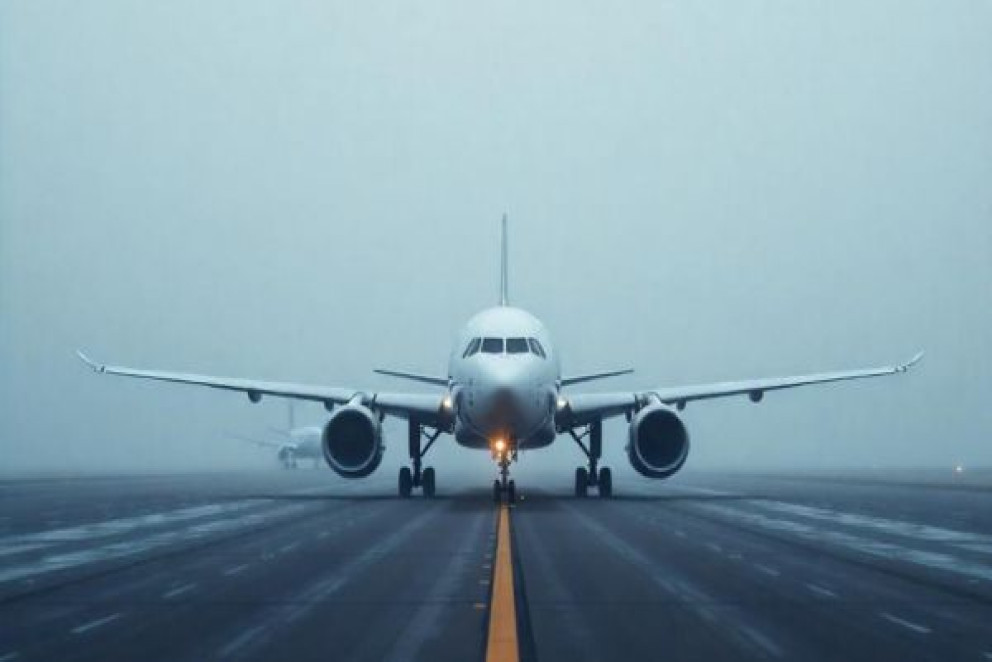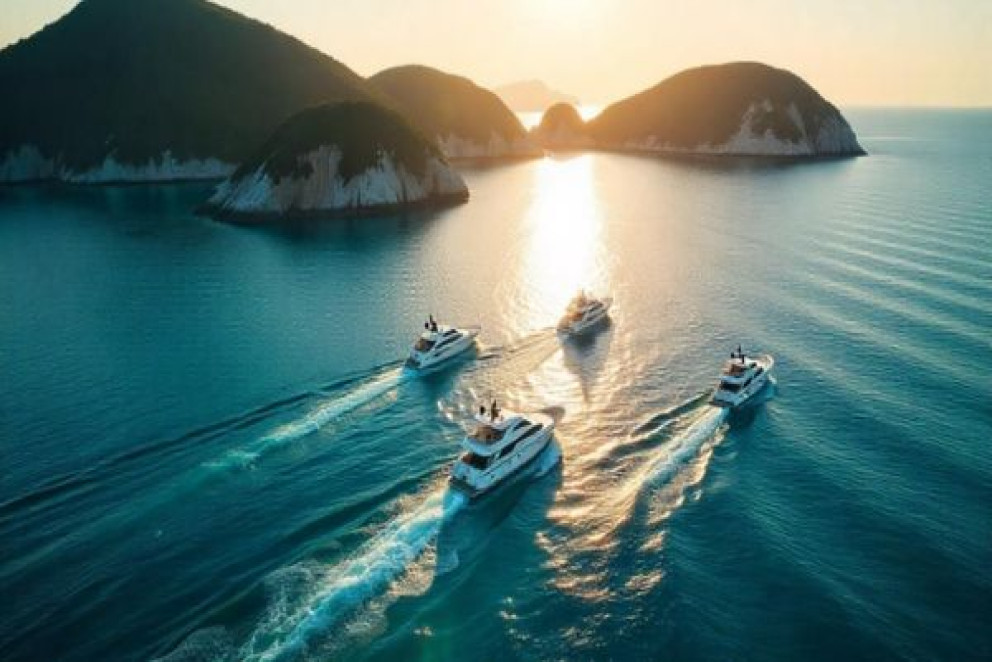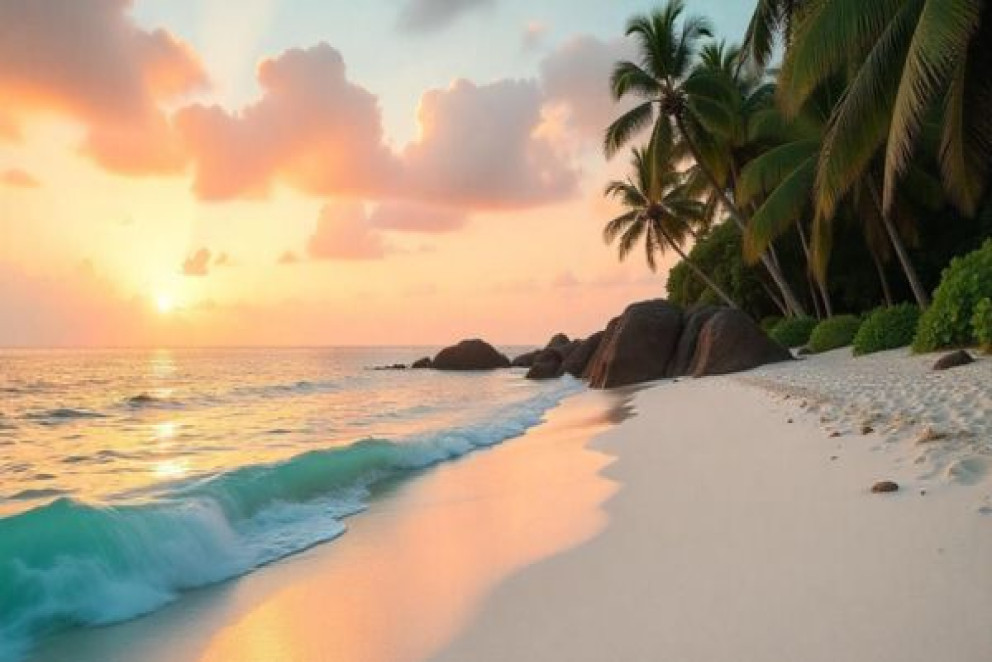Blog Details

Western Australia’s Coral Coast Is the Road Trip Destination of Your Dreams
For the American traveler, Western Australia might seem a bit far out. Getting to Perth from New York requires at least a 24-hour, two-stop journey. It’s a long haul even for east coast Australians, who might prefer to spend the flight time jetting off to Bali. Once you’ve touched down in Australia’s largest state (more than three times the size of Texas), getting to know it will require driving for days on end—and, in some cases, calling in the help of a charter plane. The air begs for water and it’s so sparsely populated that your next town center is often few and far between. Some pretty gnarly creatures swarm these unforgiving environments, from reptiles with names like “Thorny Devil” and jellyfish the size of a penny, capable of doing serious damage.
But it’s all part of the allure. As some poet once said, the more difficult the journey, the sweeter the reward. In Western Australia’s case, it comes in the form of shockingly unspoilt, uncrowded pockets of natural splendor. And the best way to experience it is a road trip along the westernmost coastline, which runs from Perth all the way up to the seaside town of Exmouth. The Coral Coast, as it’s called, is named in honor of Ningaloo Reef, the world’s largest fringing reef and World Heritage Site that graces the floors of the Indian Ocean. The 800-mile drive along the Coral Coast Highway is a veritable feast for the eyes, brimming with ancient landscapes, otherworldly marine life, and rich, Aboriginal cultural heritage.
This road trip of WA’s greatest hits starts with the seaside town of Geraldton, to the west of which lies the Abrolhos Islands, an archipelago boasting biodiversity comparable to that of Galápagos. On your way to Kalbarri, where massive, red cliffs overlook the Murchison River, you’ll pass by the natural oddity that is the bubblegum-pink Hutt Lagoon. At Francois Peron National Park, the orange of the desert meets the blue of the ocean, a contrast so striking it can only be described as sublime. It all culminates on the Northwest Cape with a whale shark swim, an adrenaline-pumping experience that’ll have you questioning why you ever became preoccupied with the minutiae of life on land.
What to know before hitting the road-
The best time to hit the Coral Coast is between the months of March to October, which generally bring milder weather, ranging from about 50 to 75 degrees Fahrenheit. Autumn in Western Australia (March to May) welcomes the start of whale shark season, while late winter to early spring (roughly the months of July to October) brings an abundance of wildflowers; we’re talking more than 12,000 species, half of which cannot be found anywhere else in the world. It’s best to avoid the summer months of December, January, and February, as the weather will simply be too hot and dry to endure, averaging a high of 86 degrees Fahrenheit.
How to navigate the Coral Coast-
To do the Coral Coast one way, you should allot yourself 10-14 days, depending on the kind of excursions you choose to take. From the U.S., you’ll fly into Perth Airport, then rent a car with a company like Avis, which offers one-way car hire between Perth and Exmouth. You’ll need to present your driver’s license (which you must have held for at least 1 year) along with an International Driver’s Permit. Once in Exmouth, catch a flight home via Learmonth Airport.
Once you’ve sorted out the logistics, it’s time to map out the very best stops along the Coral Coast:
1. Get to know Western Australia’s City of Light
2. Make your way to Geraldton for an island adventure
3. Head to Kalbarri by way of a pink lake
4. See how orange sands meet blue waters in Shark Bay
5. Swim with the biggest fish in the sea at Exmouth
But it’s all part of the allure. As some poet once said, the more difficult the journey, the sweeter the reward. In Western Australia’s case, it comes in the form of shockingly unspoilt, uncrowded pockets of natural splendor. And the best way to experience it is a road trip along the westernmost coastline, which runs from Perth all the way up to the seaside town of Exmouth. The Coral Coast, as it’s called, is named in honor of Ningaloo Reef, the world’s largest fringing reef and World Heritage Site that graces the floors of the Indian Ocean. The 800-mile drive along the Coral Coast Highway is a veritable feast for the eyes, brimming with ancient landscapes, otherworldly marine life, and rich, Aboriginal cultural heritage.
This road trip of WA’s greatest hits starts with the seaside town of Geraldton, to the west of which lies the Abrolhos Islands, an archipelago boasting biodiversity comparable to that of Galápagos. On your way to Kalbarri, where massive, red cliffs overlook the Murchison River, you’ll pass by the natural oddity that is the bubblegum-pink Hutt Lagoon. At Francois Peron National Park, the orange of the desert meets the blue of the ocean, a contrast so striking it can only be described as sublime. It all culminates on the Northwest Cape with a whale shark swim, an adrenaline-pumping experience that’ll have you questioning why you ever became preoccupied with the minutiae of life on land.
What to know before hitting the road-
The best time to hit the Coral Coast is between the months of March to October, which generally bring milder weather, ranging from about 50 to 75 degrees Fahrenheit. Autumn in Western Australia (March to May) welcomes the start of whale shark season, while late winter to early spring (roughly the months of July to October) brings an abundance of wildflowers; we’re talking more than 12,000 species, half of which cannot be found anywhere else in the world. It’s best to avoid the summer months of December, January, and February, as the weather will simply be too hot and dry to endure, averaging a high of 86 degrees Fahrenheit.
How to navigate the Coral Coast-
To do the Coral Coast one way, you should allot yourself 10-14 days, depending on the kind of excursions you choose to take. From the U.S., you’ll fly into Perth Airport, then rent a car with a company like Avis, which offers one-way car hire between Perth and Exmouth. You’ll need to present your driver’s license (which you must have held for at least 1 year) along with an International Driver’s Permit. Once in Exmouth, catch a flight home via Learmonth Airport.
Once you’ve sorted out the logistics, it’s time to map out the very best stops along the Coral Coast:
1. Get to know Western Australia’s City of Light
2. Make your way to Geraldton for an island adventure
3. Head to Kalbarri by way of a pink lake
4. See how orange sands meet blue waters in Shark Bay
5. Swim with the biggest fish in the sea at Exmouth
Source: Thrillist



